For fluorescence microscopy, you’ll find five excellent illumination options: Mercury arc lamps deliver exceptional UV brightness; LED systems offer precise wavelength control with superior stability; Metal halide lamps provide extended lifespans up to 2000 hours; Xenon arc sources create continuous spectra from UV to near-infrared; and Laser-based systems deliver high-precision monochromatic excitation. Each source presents unique advantages for specific imaging applications, influencing image quality, operational costs, and experimental flexibility. Discover which technology best suits your research needs below.
Mercury Arc Lamps: High-Intensity UV Excitation
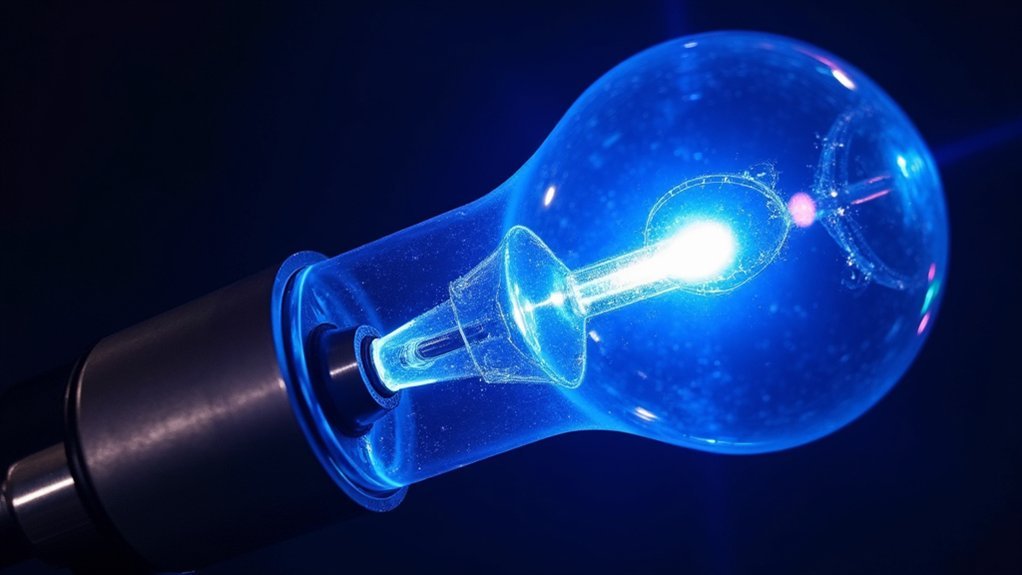
When selecting a light source for fluorescence microscopy, mercury arc lamps often stand out as the go-to option. Their exceptional brightness in both ultraviolet and visible spectrums makes them ideal for exciting various fluorophores in your specimens.
These lamps emit concentrated light through distinct spectral lines approximately 10nm wide, delivering high-intensity illumination that few alternatives can match. You’ll find them particularly valuable for applications requiring powerful UV excitation, where their performance remains unmatched.
However, be prepared for some tradeoffs. With a service life under 1000 hours, replacement costs can accumulate quickly. Additionally, their poor controllability might present challenges for precise imaging protocols.
Despite these limitations, mercury arc lamps continue to dominate fluorescence microscopy applications where maximum excitation power takes priority over operational longevity.
LED Illumination Systems: Precision Wavelength Control
Unlike their mercury arc predecessors, LED illumination systems represent the modern approach to fluorescence microscopy lighting.
You’ll appreciate their precision wavelength control, allowing you to select specific excitation wavelengths tailored to your fluorophores, greatly enhancing imaging accuracy in your experiments.
These systems deliver exceptional stability with low temporal fluctuations, ensuring your results remain consistent over extended imaging sessions.
They’re remarkably energy-efficient, consuming less power than traditional sources while maintaining high performance.
You’ll find they integrate seamlessly with your existing microscope, offering compatibility with standard filter sets for various applications.
The compact design of LED systems provides greater flexibility in laboratory setups, making them easy to handle and reposition as your imaging needs change—a practical advantage for labs with diverse research requirements.
Metal Halide Lamps: Extended Lifespan Solutions
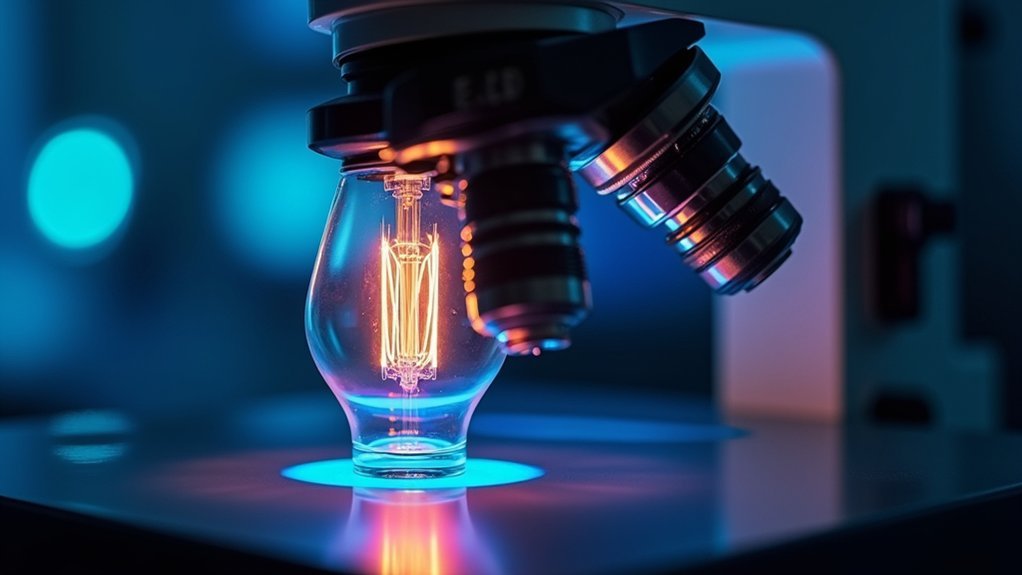
Metal halide lamps represent a considerable advancement in fluorescence microscopy illumination due to their remarkable longevity. You’ll benefit from up to 2000 hours of operational life—more than double what traditional mercury lamps offer. They deliver similar excitation spectra to mercury systems while considerably reducing your maintenance costs and frequency of replacements.
| Feature | Metal Halide | Traditional Mercury |
|---|---|---|
| Lifespan | Up to 2000 hours | Less than 1000 hours |
| Connection | Optical fiber | Direct mount |
| Heat Management | Efficient dissipation | Limited dissipation |
| Output | Consistent | Degrading over time |
The optical fiber connection enhances heat dissipation, contributing directly to the extended lifespan. Your research benefits from improved imaging quality and reliability, allowing for consistent results without interruptions from frequent lamp changes.
Xenon Arc Sources: Continuous Spectrum Applications
For demanding applications requiring broad spectral coverage, xenon arc lamps serve as exceptional illumination sources in fluorescence microscopy.
You’ll benefit from their continuous spectrum spanning ultraviolet to near-infrared wavelengths, enabling simultaneous excitation of multiple fluorophores.
With impressive excitation capabilities in the 800-1000 nm range, these sources deliver high sensitivity for specialized imaging applications.
You can conduct more accurate quantitative spectral analysis thanks to their consistent output across wavelengths.
The larger light-producing arc creates uniform illumination while minimizing diffraction patterns that could compromise image quality.
Additionally, their extended operational duration of up to 1200 hours considerably reduces replacement frequency compared to mercury lamps, making xenon sources cost-effective for long-term research projects despite their higher initial investment.
Laser-Based Systems: Monochromatic Excitation Benefits
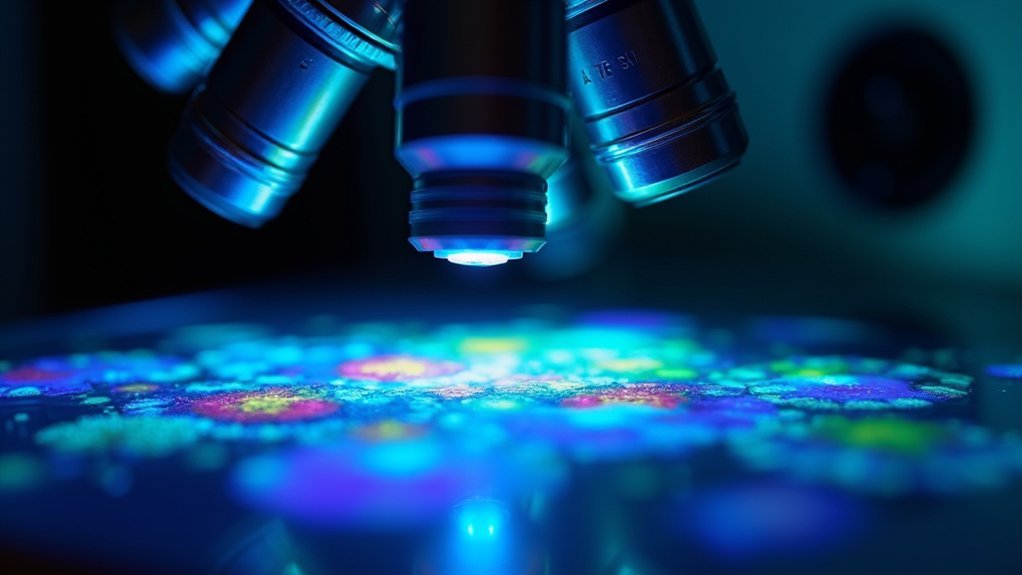
Laser-based systems stand as the gold standard for applications requiring high-precision fluorescence excitation. When you’re aiming for exceptional signal clarity and minimal background noise, lasers deliver unmatched performance through their monochromatic excitation capabilities.
Their coherent light enables you to precisely target specific fluorescent dyes at their ideal excitation wavelengths.
- Argon-ion lasers emit at specific wavelength ranges (488nm, 514nm) – perfect for exciting common fluorophores like GFP and FITC
- High brightness illumination captures low-abundance markers you’d miss with conventional sources
- Narrow output spectrum maximizes excitation filter efficiency, directing energy exactly where needed
- Minimal spectral overlap between excitation wavelengths produces cleaner, more accurate imaging results in fluorescence microscopy
Frequently Asked Questions
What Is the Best Light Source for a Microscope?
For general microscopy, you’ll want an LED light source. It’s energy-efficient, has a long lifespan, provides stable illumination, and doesn’t generate excess heat that could damage your specimens.
What Is the Light Source for Fluorescence Spectrometer?
For fluorescence spectrometers, you’ll typically use high-pressure mercury lamps, xenon lamps, or lasers as light sources. Each offers specific advantages: mercury for brightness, xenon for broad spectrum coverage, and lasers for precision excitation.
What Is the Best Camera for Fluorescence Microscopy?
You’ll want to use scientific-grade cooled sCMOS or CCD cameras for fluorescence microscopy. They offer high sensitivity, low noise, and excellent dynamic range to capture even the faintest fluorescence signals from your samples.
What Are Fluorescent Light Sources?
Fluorescent light sources are devices you’ll use to excite fluorophores in your specimens. They include mercury arc lamps, xenon lamps, metal halide lamps, and LEDs—each providing specific wavelengths needed for fluorescence emission.
In Summary
You’ll find each light source has distinct advantages for your fluorescence microscopy applications. Whether you’re seeking the intensity of mercury arc lamps, the precision of LEDs, the longevity of metal halide systems, the broad spectrum of xenon sources, or the monochromatic power of lasers, your selection should match your specific imaging requirements. Consider your sample’s fluorophores, photobleaching concerns, and budget constraints when making your final decision.
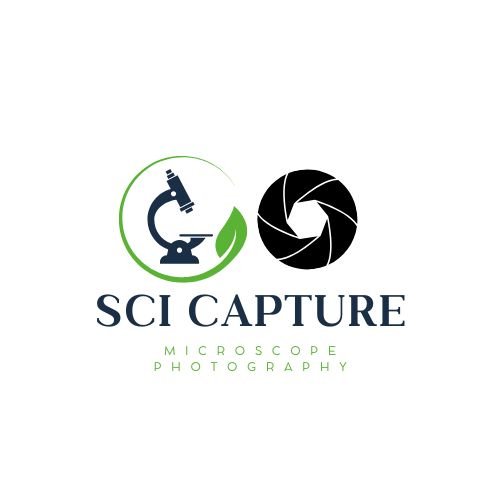

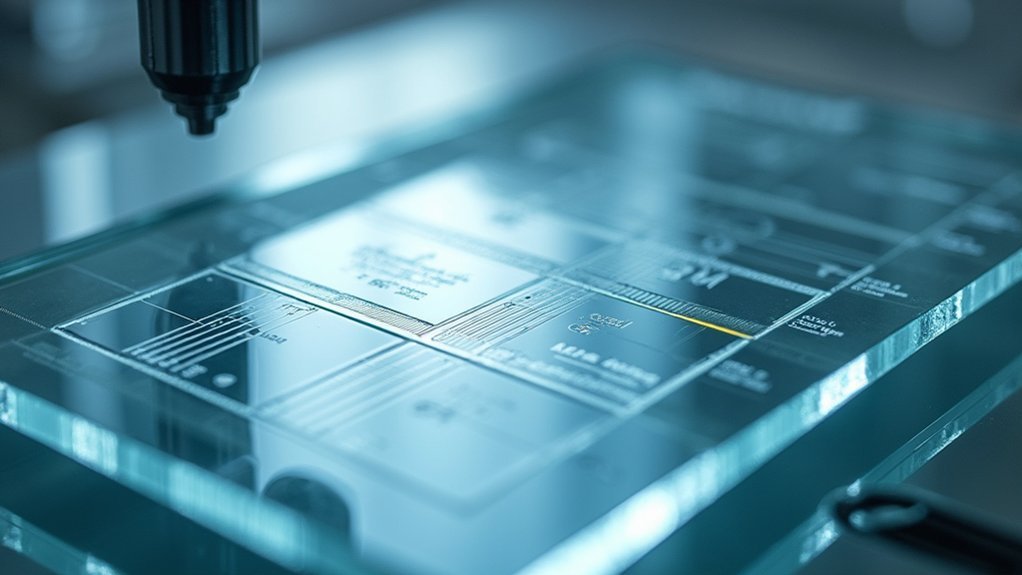


Leave a Reply